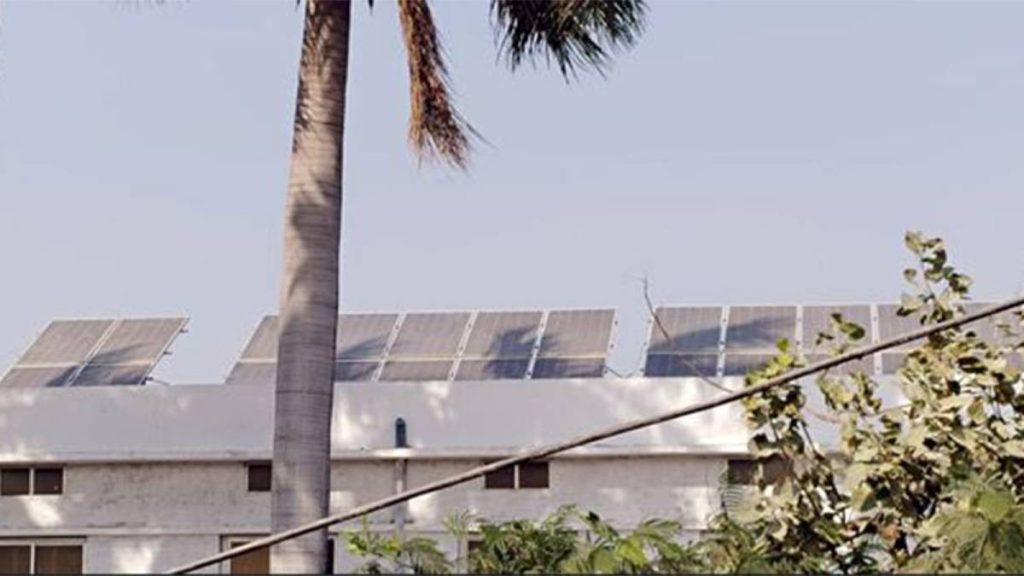India will need a threefold rise in its primary energy supply—reaching nearly 35,000 TWh by 2047—to realise its goal of becoming a developed economy, according to a new report by the Confederation of Indian Industry (CII) and EY.
The study, Eigenvectors of Net Zero Energy Transition: Pathways to Viksit Bharat 2047, warns that achieving this vision requires a forty-fold scale-up of non-fossil energy sources to sustainably meet two-thirds of the projected demand.
Framing the transition as a multidimensional challenge, the report stresses the need to balance energy security, affordability, competitiveness, and sustainability. With India projected to reach a GDP of USD 30 trillion and a population of 1.5 billion by 2047, the analysis highlights both the vast opportunities and the pressing risks ahead.
India has already achieved a significant milestone, crossing 50 per cent non-fossil power capacity in 2025—five years ahead of its 2030 target.
Other key insights from the report include:
- Energy affordability: The energy cost share (ECS) must remain below 10–11 per cent of GDP to ensure stability.
- Pollution risks: Rising PM2.5 levels demand integrated health, energy, and environmental policies.
- Technology dependence: With low-carbon technology imports already at 0.21 per cent of GDP (FY25), domestic manufacturing capacity must be expanded to cut foreign reliance.
- Nuclear power role: The report calls for legal clarity on private sector participation in nuclear projects, strengthening supply chains, and developing Bharat Small Reactors under a defined framework.
Chandrajit Banerjee, Director General of CII, noted: “India stands at a defining moment in its energy transition journey, having crossed 50 per cent non-fossil capacity five years ahead of its NDCs, a testament to its ambition and ability to balance sustainability with growth.”
The findings underline that while clean energy expansion is critical, issues of affordability and supply security will be just as important as decarbonisation. The report recommends a move from fragmented, target-driven planning to integrated, risk-informed policymaking—positioning India’s energy transition as both a national growth driver and a pillar of global leadership.
